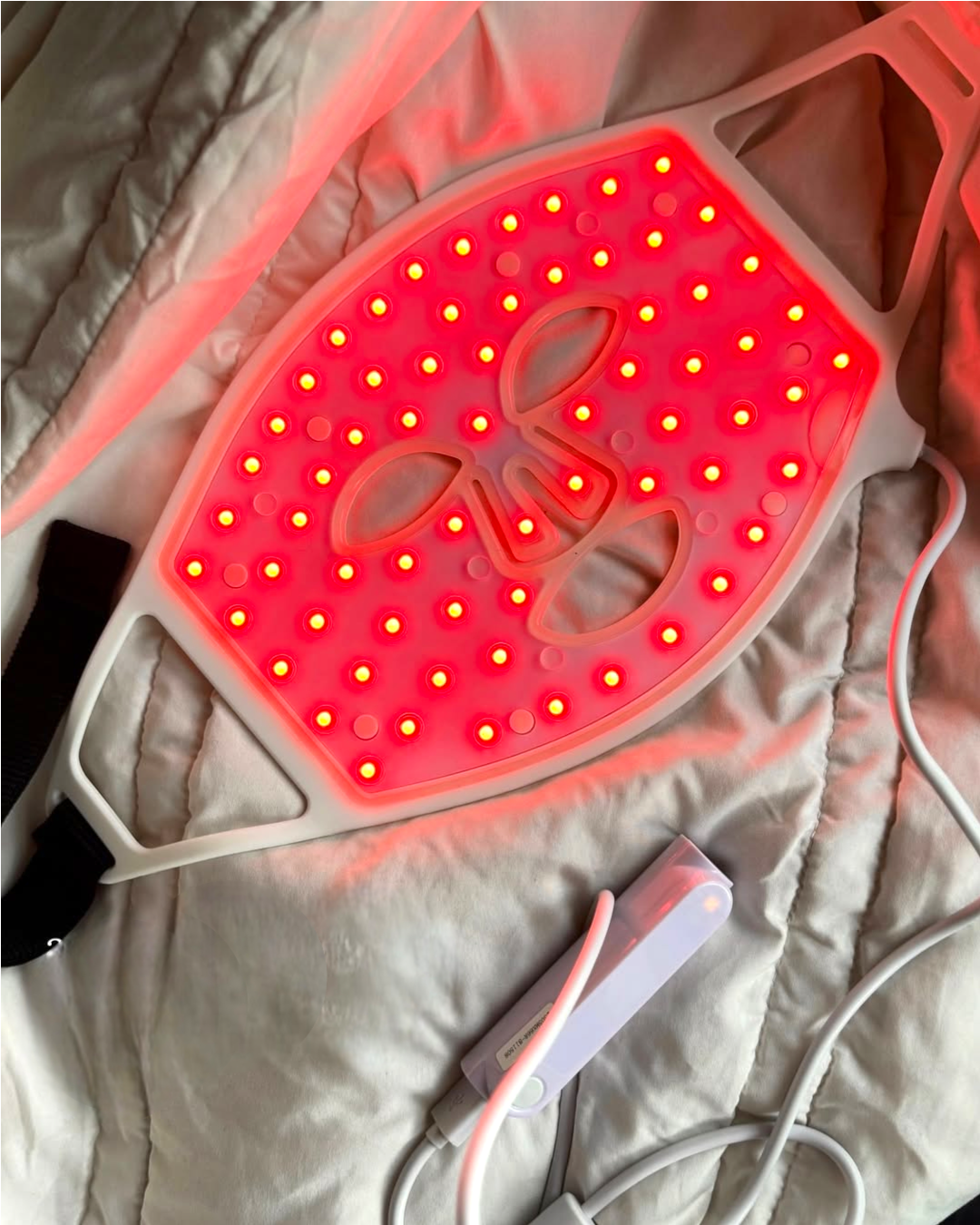Alright, guys, let’s get real about something we all deal with: taking care of our clothes. It might not sound like the most exciting topic, but trust me, it’s crucial if you want your wardrobe to stay fresh and last longer. Plus, who doesn’t want to save some cash and reduce waste?
In this post, we’re breaking down everything you need to know about proper clothing care. From washing and drying to stain removal and storage, we’ve got you covered. By the end of this, you’ll have all the tools to keep your clothes looking sharp and feeling great.
Let’s dive in.
Washing Techniques
First things first, let’s talk about washing your clothes. This is where a lot of people mess up and end up ruining their favorite pieces. But with a few simple tips, you can avoid common mistakes and keep your clothes in top shape.
Reading Care Labels
Those little tags on your clothes? Yeah, they’re actually super important. Care labels provide all the info you need to properly wash and care for each item.
- Follow Instructions: Always read and follow the care instructions. Ignoring these can lead to shrinking, fading, and other damage.
- Common Symbols: Learn what the symbols mean. For example, a circle with a dot indicates tumble dry on low heat, while a triangle with a cross means no bleach.
Choosing the Right Detergent
Not all detergents are created equal. Using the right one can make a big difference in how well your clothes hold up over time.
- Types of Detergents: There are detergents for every need – from heavy-duty to delicate fabrics. Choose one that matches your clothing’s needs.
- Eco-Friendly Options: Consider using eco-friendly and gentle detergents. They’re better for your clothes and the environment.
Water Temperature
The temperature of the water you use can significantly affect your clothes.
- Cold Water: Best for dark colors and delicate fabrics. It helps prevent fading and shrinkage.
- Warm Water: Suitable for most clothes. It provides a good balance of cleaning power without being too harsh.
- Hot Water: Ideal for whites and heavily soiled items, but can be tough on fabrics over time.
Hand Washing vs. Machine Washing
Some clothes are better off being hand-washed, especially delicate fabrics.
- Hand Washing: Perfect for items like silk, lace, and cashmere. Use a gentle detergent and cool water. Soak, gently agitate, rinse, and lay flat to dry.
- Machine Washing: For everything else, use the gentle cycle and avoid overloading the machine. Separate lights, darks, and delicates.
Drying Methods
How you dry your clothes is just as important as how you wash them. Let’s break down the best methods.
Air Drying
Air drying is one of the best ways to extend the life of your clothes.
- Benefits: It’s gentler on fabrics and helps prevent shrinkage and wear. Plus, it’s energy-efficient.
- Best Practices: Hang clothes on a drying rack or clothesline. Use hangers for shirts and dresses to maintain their shape.
Machine Drying
Sometimes, using the dryer is just more convenient. Here’s how to do it right.
- When to Use the Dryer: For items that can handle it, like towels, jeans, and sturdy cottons.
- Minimizing Damage: Use a low heat setting and avoid over-drying. Toss in some dryer balls to reduce drying time and static.
Dry Cleaning
Certain garments need the professional touch.
- Which Fabrics Require Dry Cleaning: Suits, wool coats, silk dresses, and items with intricate details.
- Choosing a Reputable Dry Cleaner: Look for a dry cleaner with good reviews and eco-friendly practices.
Stain Removal
Stains happen to the best of us. Knowing how to tackle them quickly can save your clothes from permanent damage.
Common Stains and Solutions
Different stains need different approaches. Here are some tips for tackling common ones.
- Grease: Apply a small amount of dish soap to the stain, let it sit, and then wash as usual.
- Wine: Blot the stain with a clean cloth, then apply a mixture of baking soda and water. Rinse and wash.
- Ink: Dab rubbing alcohol on the stain with a cotton ball, then wash.
- Coffee: Rinse with cold water, then apply a paste of baking soda and water. Rinse and wash.
DIY Stain Removers
Sometimes, the best solutions are homemade.
- Ingredients: Vinegar, baking soda, dish soap, hydrogen peroxide.
- Recipes: For a general stain remover, mix one part dish soap with two parts hydrogen peroxide. Apply, let sit, then wash.
Stain Prevention
Minimize the chances of getting stains in the first place.
- Quick Action: The sooner you treat a stain, the better the chances of removing it.
- Avoid Certain Foods: Be mindful of eating or drinking stain-prone items while wearing light-colored or delicate clothes.
Storage Solutions
Proper storage can make a huge difference in the longevity of your clothes. Let’s talk about how to do it right.
Proper Folding and Hanging
Knowing what to fold and what to hang can prevent wrinkles and stretching.
- What to Fold: Sweaters, jeans, t-shirts. Fold along the seams to prevent creases.
- What to Hang: Dresses, suits, and shirts. Use appropriate hangers to maintain shape.
Seasonal Storage
Storing off-season clothes correctly prevents damage and keeps your closet organized.
- How to Store Off-Season Clothes: Clean clothes before storing. Use breathable garment bags or storage boxes.
- Preventing Damage: Add cedar blocks or lavender sachets to deter pests. Keep storage areas cool and dry.
Organizing Your Closet
A well-organized closet makes it easier to care for your clothes.
- Tips for Organizing: Group similar items together. Use dividers and bins for accessories.
- Benefits: An organized closet helps you see what you have, making it easier to rotate and wear all your clothes.
Repairs and Maintenance
A little TLC can go a long way in extending the life of your clothes.
Basic Repairs
You don’t need to be a sewing expert to handle basic repairs.
- Sewing on Buttons: Use a needle and thread that matches the fabric. Secure the button with a few tight stitches.
- Fixing Hems: Hem tape is a quick fix. For a more permanent solution, hand sew or use a sewing machine.
- Mending Small Tears: Use fabric glue or a needle and thread to close up small rips.
When to Seek Professional Help
Sometimes, it’s best to leave it to the pros.
- Identifying When to Get Help: Major alterations, intricate repairs, or when dealing with high-value items.
- Finding a Good Tailor: Look for recommendations and reviews. A good tailor can make your clothes look like new.
Regular Maintenance
Routine care keeps your clothes in top shape.
- Maintaining Shape and Structure: Use garment bags for delicate items. Hang sweaters and knits on padded hangers.
- Proper Ironing: Use the right heat setting for each fabric. Always iron inside out to avoid shine marks.
Special Fabrics and Garments
Some fabrics need a bit more attention. Here’s how to care for them.
Denim
Denim is durable, but it still needs proper care.
- Preserving Color and Fit: Wash inside out in cold water. Avoid frequent washing to maintain the fit.
- Avoiding Shrinkage: Air dry or use low heat in the dryer.
Wool and Cashmere
These luxurious fabrics require gentle handling.
- Washing and Storing: Hand wash in cool water with a mild detergent. Lay flat to dry. Store folded in breathable bags.
- Preventing Pilling: Use a fabric shaver or sweater comb to remove pills.
Silk and Delicates
Silk and other delicate fabrics need special attention.
- Handling with Care: Hand wash or use the delicate cycle with a gentle detergent. Air dry away from direct sunlight.
- Preventing Damage: Avoid wringing out silk. Instead, press out water gently with a towel.
Athletic Wear
Performance fabrics need specific care to maintain their properties.
- Proper Care: Wash in cold water with a gentle detergent. Avoid fabric softeners as they can break down the fabric.
- Maintaining Performance: Air dry to prevent shrinkage and preserve elasticity.
Collar Stays
Collar stays might be small, but they make a big impact on keeping your shirts looking sharp.
Importance of Collar Stays
Collar stays help keep your collar crisp and prevent it from curling.
- Role in Maintaining a Crisp Collar: They provide structure and support to your collar, keeping it flat and in place.
- Preventing Curled or Wrinkled Collars: Insert them before wearing your shirt and remove them before washing to maintain their shape.
Choosing the Right Collar Stays
Not all collar stays are the same. Here’s what to look for.
- Differences Between Plastic and Metal Stays: Plastic stays are often included with shirts but can bend easily. Metal stays are more durable and provide better support.
- Benefits of Investing in High-Quality Metal Stays: They last longer and do a better job of keeping your collar looking sharp.
Here’s a guide on where you can buy collar stays.
Using and Maintaining Collar Stays
Using collar stays correctly is simple but makes a big difference.
- How to Properly Insert and Remove Collar Stays: Insert the stays into the slots on the underside of the collar. Remove them before washing and ironing.
- Tips for Storing Collar Stays When Not in Use: Keep them in a small container or designated compartment in your dresser to avoid losing them.
Conclusion
There you have it – a comprehensive guide to caring for your clothes and making them last longer. Let’s recap the key points:
- Washing Techniques: Read care labels, choose the right detergent, and use appropriate water temperatures.
- Drying Methods: Air drying is best, but if using a dryer, use low heat. Dry clean when necessary.
- Stain Removal: Act quickly, use the right solutions, and try DIY stain removers.
- Storage Solutions: Fold and hang correctly, store off-season clothes properly, and keep your closet organized.
- Repairs and Maintenance: Handle basic repairs, seek professional help when needed, and maintain your clothes regularly.
- Special Fabrics and Garments: Give extra care to denim, wool, cashmere, silk, and athletic wear.
- Collar Stays: Use collar stays to keep your collars looking crisp and sharp.
By following these tips, you’ll not only extend the life of your clothes but also keep them looking fresh and stylish. Remember, taking care of your clothes is an investment in your style and your wallet.
What are you waiting for? Start implementing these care tips today and see the difference for yourself. Your clothes will thank you!




